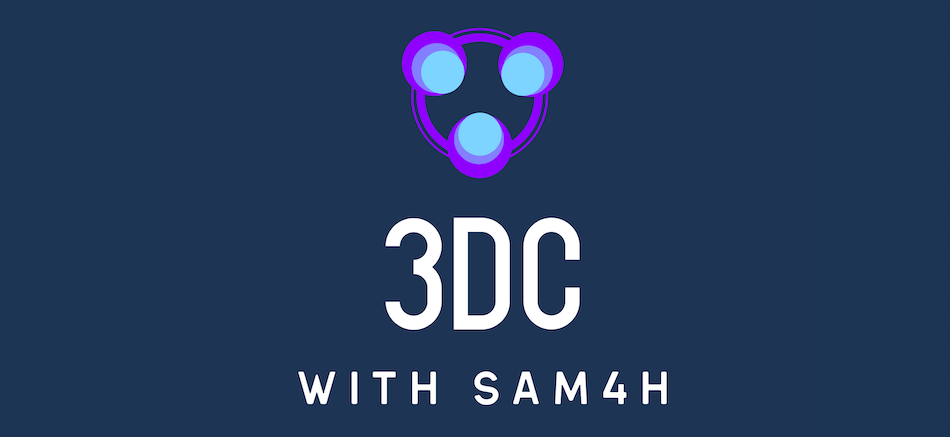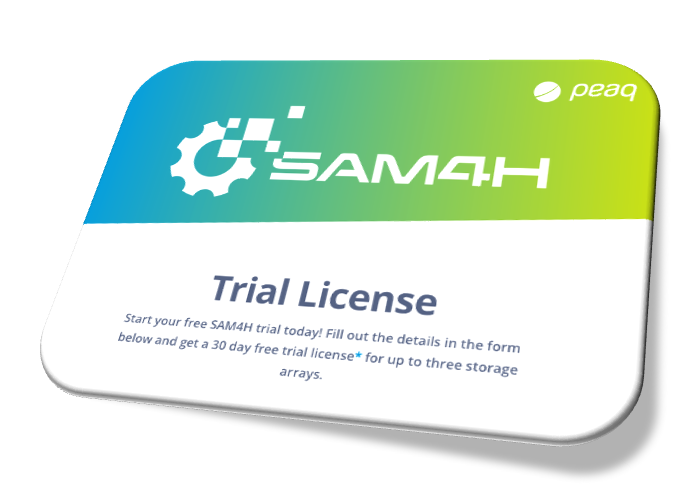Manage 3-Data-Center (3DC) Volumes and Replications with SAM4H
State of the Art Storage Management
SAM4H is the most advanced Storage Management Tool available for Hitachi Block Storage today. Its outstanding ease of use, fast execution speed and optimal service quality make it the first customer choice and complements Hitachi’s outstanding Storage Hardware Solutions. In numerous situations SAM4H has turned around customers decisions in favour of Hitachi Storage when the onboard Management Tools were clearly rejected due to their well-known deficiencies. T-Systems, Mercedes, Infineon and Allianz are the amongst the most prestigious customers giving proof of that statement.
It’s all about automation and quality
Technically SAM4H (Smart Automation Manager for Hitachi) is a rules-based Management Tool that allows customers to manage Storage Volumes as well as replications in a fast and secure manner. Due to its rules-based nature it allows to completely separate Engineering and Operational Storage Management Tasks. Using SAM4H customers achieve a high level of automation. It’s just there, out of the box, without the need for any additional automation tool. Of course, SAM4H may also be driven by a high level task execution tool like a Change Management Tool or any other Automation Tool, even Ansible, with the help of its REST API interface.
Manage GAD and 3DC with ease
SAM4H also supports the more and most complex Hitachi replication features in a robust, elegant and fool proof way like no other tool. Hiding the inherent complexity of replications any user can manage GAD (Global Active Device) and HUR (3DC) replications as easy as ordering a pizza from a web shop, requiring no specific knowledge of Hitachi Storage or Replications. Also unique to SAM4H - and an unquestionable MUST HAVE - is the wizard guided resynchronisation of replications after a disaster event, which allows in the most critical situations to re-establish replications, including the replication direction for each individual Volume.
Three Data Center (3DC)
3DC or ‘Three Data Center’ is the most complex Hitachi Storage System setup between 3 data centres and 3 Storage Systems featuring a synchronous copy between 2 data centres (called Primary and Secondary) using GAD and 2 asynchronous copies between Primary and Secondary, respectively, and a third data center. Its goal is to allow for an extra 3rd data copy beyond the 2 copies already provided via GAD and thus to enhance data availability even further. While synchronous copies (via GAD) are limited in terms of distance, 3DC, due to its asynchronous nature overcomes this limitation allowing for any distance between Primary, Secondary and the 3rd data center.
Managing GAD and 3DC objects
Managing 3DC objects (Volumes and Replications) involves managing GAD objects, as they are part of a 3DC relationship, plus managing 2 asynchronous copy relationships between Primary, Secondary and the 3rd data center. On a per Volume level (Volumes being storage objects presented to servers and perceived by the latters as Disks where ultimately the customer data is stored). Typical Volume and Replication operations include Creating, Growing, Shrinking and deleting Volumes as well as Creating, Syncing and Splitting Replications (in this case GAD and 3DC replications). Considering a customer environment wit dozens of Storage Systems and tens of Thousands of Volumes we quickly get an idea of the inherent complexity of this solution, clearly underlining the necessity for a very sophisticated management tool, allowing to manage Volumes and replications in a secure, fast, robust and reliable way.
Managing GAD and 3DC with SAM4H
Unlike other solutions SAM4H allows to manage GAD and 3DC objects without requiring to understand Hitachi Storage and the internals of GAD and 3DC. In fact some of the SAM4H customers have aprentices with little to no experience in the storage arena doing all the daily business Volume and Replication Management including GAD and 3DC completely autonomously using SAM4H. This is mainly owed to SAM4H’s rules based architecture allowing to completely separate Engineering and Operational tasks.
SAM4H 3DC Customer Case
In a large Hitachi Customer Environment 32 Storage Systems spread across 3 data centres with some 800 km distance between Primary, Secondary and the 3rd location. Consisting of several tens of Thousands of Volumes, managing this huge 3DC environment based on the on-board tools required more and more effort rendering the environment more and more unmanageable.
Storage migrations made easy
Storage Migrations can be executed using SAM4H in an automated and non-disruptive manner. It allows the user to assign all the Volumes required on the new System in an easy graphical way and also copies the data using GAD. Complementing SAM4H with dedicated migration reports by IOportal, the state of the art Capacity and Performance Management Tool by peaq, the load across the ports on the new Storage System can be perfectly balanced ensuring equally perfectly balanced Storage System Backend utilisation.
Why peaq tools?
peaq has been providing tools to improve efficiency and manageability of Hitachi block storage systems for almost 10 years now, with some common, compelling features, that make them customer’s first choice. Peaq tools are quick and easy to install and upgrade, providing customers immediate return on investment. Peaq tools have a low resource consumption foot print allowing customers to run them for a large and very large Hitachi environment. peaq tools execute fast and are robust. Peaq tools are intuitive to use and interpret. Peaq tools provide users with insight on their Hitachi storage landscape. Our mission is to enable customers to get the most out of their Hitachi storage systems securely, efficiently, fast and reliably.








